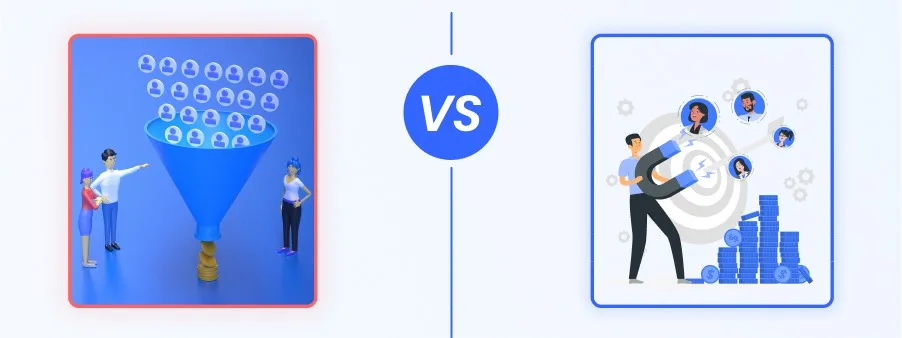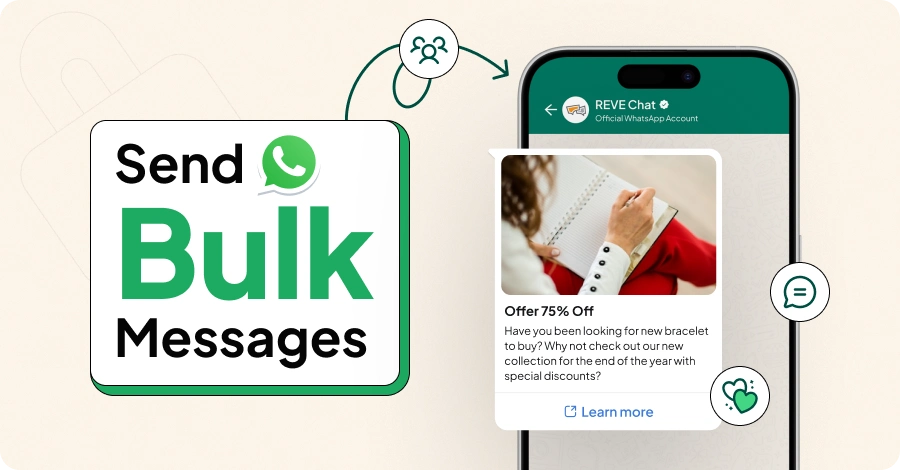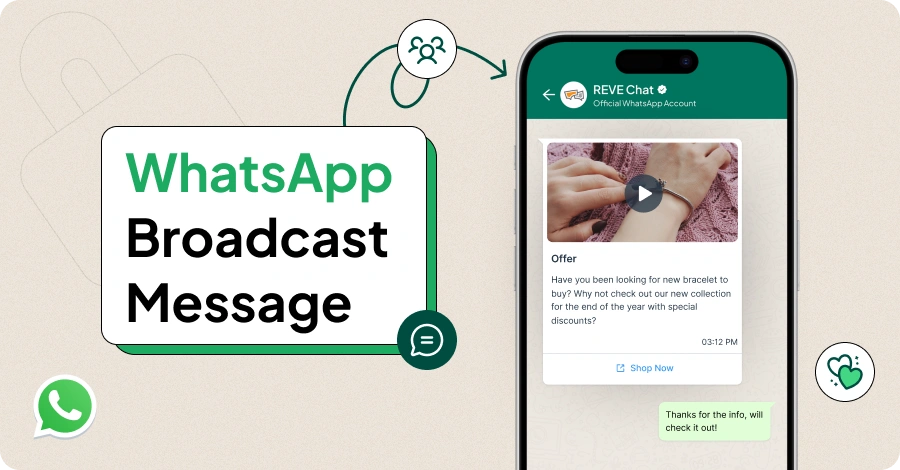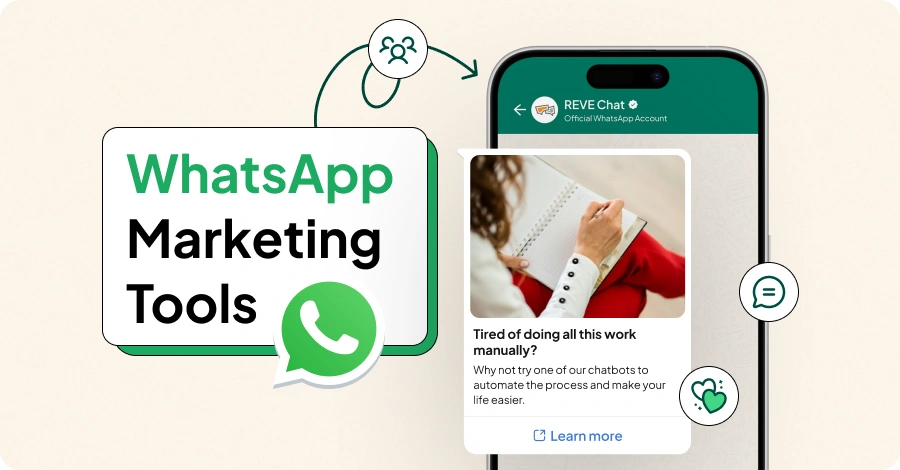Inbound Vs Outbound Leads – How Are They Different?
- January 5, 2024
- 13 mins read
- Listen

Table of Content
Generating leads is vital for the growth and success of a business. Without quality leads, no business can realize its goals.
The good thing is that there are so many strategies to generate leads for the business. You can choose the ones that align with your business goals.
What’s more, you might easily find companies offering you lead generation services. So, you are likely to feel some challenges in determining what routes to take for leads.
Inbound and outbound are two of the most used strategies for leads. You’re likely to ask – which one is better – inbound vs outbound leads?
In this blog, we will discuss inbound vs outbound leads in detail, understand the meaning, and explore the types, strategies, advantages, and techniques.
But before moving further, let’s get started with understanding the meaning of inbound and outbound….
Inbound and Outbound Meaning
“Inbound” and “Outbound” are two terms that are frequently used in marketing and sales. They represent two distinct approaches to engaging and attracting potential customers. Both are used in alignment with specific business interests and goals, sometimes separately and sometimes together.
Let’s understand both terms in detail –
Inbound
Inbound refers to those strategies that aim to draw prospects towards a brand naturally or organically. This approach is used to engage and attract potential customers when they are seeking information or solutions to address their needs.
Outbound
Outbound refers to strategies aimed at reaching out to potential customers. This approach is based on pushing a message out to the audience so that an interest is generated and attention is captured. Here, the message is sent to a broader audience without their prior engagement or interest.
What is an Inbound Lead?
Inbound leads refer to potential customers or prospects who have shown interest in your product or services voluntarily. They have reached you on their own, through their actions as they might have some needs or pain points and look for solutions.
Maybe your content, website, or marketing efforts have caught their attention but you did not personalize your efforts and actions. Such leads are generated through inbound marketing channels strategically placed or used where prospects seek information, resources, or solutions similar to your business offers.
Advantages of Inbound Lead Generation
Many top companies rely on inbound methods to create leads as this approach ensures quality. 93% of companies using inbound marketing increase their leads. There are many benefits of inbound leads, including –
- Such leads have higher quality as they are generated from individuals who have expressed an interest in your offerings.
- These leads are more qualified, so they are more likely to convert into paying customers.
- These leads are more cost-effective and carry lower cost-per-lead acquisition as they are generated through actions on creating valuable content.
- Inbound leads have higher conversion rates, carry more chances of moving through the sales funnel, and engage further with your business.
- Such leads provide better opportunities for your business to build relationships through personalized interactions as you often have data and analytics with these leads.
- These leads are better suited to your products or services and they also help you adopt more targeted marketing and tailored approach.
What is an Outbound Lead?
An outbound lead refers to a prospect that is gained, won, or generated through outbound marketing strategies. These leads involve a proactive approach by the sales or marketing team where an outreach method is used. Here, the purpose is to first generate interest in products and services and then convert the leads.
An inbound lead involves an individual who may or may not be interested in your company’s offerings, or who may or may not be actively looking for your product or service. Such leads are generated using outbound methods such as email marketing, direct mail, ads, or telemarketing.
Advantages of Outbound Lead Generation
Outbound leads may not be considered as effective and productive as inbound ones, but they nonetheless hold significance. A lot of businesses rely on outbound approaches either entirely, or sometimes in combination with, inbound methods, to generate leads. Plus, outbound leads are 29% more likely to convert into customers than inbound leads.
Let’s look at some of the key benefits of outbound leads –
- The methods used in generating outbound leads allow for immediate responses from potential leads.
- These leads can be reached out to directly for conversation and engagement purposes.
- Outbound strategies have a broader reach as they can help your business reach a larger audience and boost brand visibility.
- Outbound lead generation stands out for its ability to generate leads quickly.
- These methods help businesses reach many prospects in a short time and generate new leads quickly.
- Outbound methods can complement inbound efforts by helping businesses reach even those prospects who might otherwise not convert organically.
Inbound vs Outbound Leads: Key Differences
Inbound and outbound leads are two basic approaches to generating leads. Both have their strengths and weaknesses as businesses often use either of them separately or in combination to maximize conversion chances.
Let’s look at some of the key differences between the two –
1. Source
Inbound Leads – Inbound leads happen when potential customers show interest in a company’s products or services. To attract such leads organically, a business often relies on strategies such as content marketing, social media, search engine optimization, etc.
Outbound Leads – Such leads happen when a business deliberately reaches out to prospects without any prior interest from them. To generate outbound leads, a business takes proactive steps such as running ads, cold calling, emailing, etc.
2. Contact Initiation
Inbound Leads – With inbound leads, it’s the prospects who first show interest and initiate contact with the business by engaging in various ways such as by responding to content, filling out forms, or getting in touch with the online presence.
Outbound Leads – With outbound leads, it’s the company that has to take the proactive approach and establish contact with potential customers through direct outreach such as cold calling, email campaigning, etc.
3. Chances of Conversion
Inbound Leads – These leads are considered warmer because they come from prospects who have already shown some level of interest in the offer. That’s why inbound leads may need less effort to qualify and carry more chances of conversion.
Outbound Leads – These leads are considered colder and often require more effort in conversion. Since inbound leads result from an outreach program, they take more persuasion and have fewer chances of conversion.
4. Level of Engagement
Inbound Leads – These leads show a higher level of engagement because they have already expressed interest which means they have some prior familiarity with the offers.
Outbound Leads – These leads show a very low level of initial engagement and even might show some resistance since they have been approached without prior interest.
5. Cost of Acquisition
Inbound Leads – These leads have a lower cost per acquisition (CPA) because they rely on organic methods of generating leads that fetch leads over time.
Outbound Leads – These leads have a higher CPA because they involve outreach efforts that often cost considerable resources.
6. Response Rate
Inbound Leads – These leads not only have a higher response rate but also respond promptly as they come from interested prospects.
Outbound Leads – These leads carry a lower response rate and might take time to respond because they come from people who have not expressed any prior interest.
Inbound Lead Generation Techniques
Understanding the audience’s needs is the basis of generating inbound leads. Once the needs are known, a business must provide solutions and focus on attracting potential customers. The key is to provide valuable content and experiences tailored to customer interests.
Here are some popular techniques for generating inbound leads –
- Content marketing – Content is the best way to provide information to prospects, address their pain points, and answer their questions. This is why content marketing elements such as blogs, ebooks, articles, guides, and whitepapers are very helpful in generating inbound leads.
- Search Engine Optimization (SEO) – When a website is optimized for search engines, it appears higher in search rankings and this is how potential leads can easily find your business. That’s why SEO is a key technique for inbound leads where you need to optimize the website content with relevant steps such as keywords, backlinks, and meta tags.
- Social Media Marketing – Social channels are very powerful avenues for sharing content and engaging with your audience. This proves helpful in attracting and nurturing leads.
- Webinars and Online Events – Showcasing your expertise on the web is a helpful way to generate leads. To show expertise, there are steps like hosting webinars, conducting workshops, hosting events or Q&As on niche topics, etc.
- Chatbots and Live Chat – Adding a chatbot or live chatbot on your website can help you engage visitors in real-time, respond to their queries quickly, automate key tasks, and qualify leads as well.
Outbound Lead Generation Techniques
The foundation of generating outbound leads depends on a proactive outreach to prospects. In this form of lead generation, a business often targets potential customers who may or may not have expressed initial interests.
Let’s look at some of the popular outbound lead generation techniques –
- Cold Calling – This type of calling involves making random calls to potential customers to introduce your offers and set up a conversation.
- Email Marketing Campaigns – Businesses often send mass emails to prospects who match their ideal customer personas.
- Paid Advertising – Running paid ads is a key aspect of generating outbound leads where brands use popular platforms like Google Ads, display ads, or social media ads to reach a specific yet broader audience.
- SMS Marketing – The use of SMS or text messages is widely used in generating outbound leads by promoting offers to those who have consented to opt-in.
Challenges of Inbound Lead Generation Strategy
Inbound lead generation strategies are often considered effective yet they have their own set of challenges. To maximize those strategies, it’s important to first get a good understanding of the audience and then provide them with valuable content and experiences that convert.
Here are some key challenges of inbound lead generation strategy –
- Inbound lead generation strategies often take time to give results. They are not favorable for businesses that look for quick and immediate increases in leads.
- Generating inbound leads involves a consistent effort on the front of content creation, SEO, and relationship building before getting the desired results over time.
- There is very high competition in creating inbound leads as so many brands produce content and try to catch the audience’s attention.
- To generate quality inbound leads, a business requires a considerable investment of time, resources, and innovativeness in producing content of various types.
- Search engine rankings and algorithms are prone to constant changes and it requires sustained efforts to adjust to those changes and stay relevant in SERPs.
- Inbound leads involve longer sales cycles and it requires patience to move them through the sales funnel.
- An effective inbound lead generation strategy is built based on consistent engagement with the audience through content, social media interactions, and responses to queries.
Challenges of Outbound Lead Generation Strategy
Outbound lead generation strategies may not be as effective as inbound ones but they continue to be a popular tool in the marketing kit. They involve a proactive outreach to prospects which adds to its challenges.
Here are some of the key challenges of outbound lead generation strategy –
- An outbound strategy often experiences low response rates and potential customers may also show some hesitancy to engagement outreach.
- Most outreach efforts are considered intrusive or spammy by the target audience which can adversely a brand’s goodwill and reputation.
- Wasted efforts and resources are quite common in an outbound lead-generation strategy as contact lists are not always accurate or updated.
- Companies face very stiff competition when they rely on outbound methods for leads as this strategy has achieved market saturation and lacks innovation.
- Outbound methods tend to be expensive as they face higher acquisition costs.
- This strategy also faces issues of timing and relevance as messages often don’t fit into the prospect’s needs.
- Outbound lead generation strategies have lower response rates as they lack personalization.
Inbound vs Outbound Leads – Which One is the Best for Your Business?
Both inbound and outbound methods have their strengths and weaknesses. Between the two, which one is more suited for your business will depend on various factors. The industry you operate in, your target audience, your business goals, and the resources you want to use, are some of the factors that can determine the viability of the right lead-generation approach.
Let’s look at which approach is the best for your business –
- Inbound Leads are considered the best way forward for businesses that focus more on building long-term relationships with their potential customers.
- Inbound leads are also suitable for companies that have limited budgets but want to achieve sustainable growth.
- If your business aims to establish itself as a thought leader in the industry, then an inbound lead strategy is more suitable.
- On the other hand, outbound leads are more suitable for businesses that aim for quicker results, or that look to target specific audiences.
- Outbound methods are best suited for those industries where direct outreach is more effective.
- If budget is not a constraint for outreach programs, then an outbound lead strategy is suitable for your business.
Engage Prospects Better and Generate More Leads with REVE Tools
Better engagement with the audience is key to generating quality leads. The more you engage, the more leads you can generate.
At REVE, we always focus on helping businesses connect, interact, and engage with their audience effortlessly so that they can achieve their growth and success goals.
We have a diversity of engagement tools that can play a huge role in your lead-generation efforts.
Our AI-powered chatbots can be deployed with your website to automate conversations, respond to customer queries promptly, and drive more leads.
Similarly, we have video chat software, co-browsing software, and a ticketing system to bolster your engagement effort.
What’s more, our advanced live chat software can be paired with the chatbot to deliver hybrid support to your customers.
Final Thoughts
Quality leads are vital for any business but take time and effort to materialize. Both Inbound and outbound methods have their own set of benefits and challenges and your business can choose the one that fits the goals perfectly.
With REVE Chat, you can sign up and find a range of tools for customer engagement, which can open the way for more leads.
So, check our tools and see how they can prove a great value addition to your lead generation journey.













